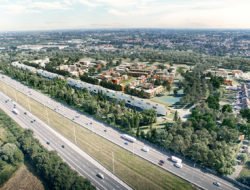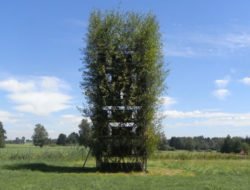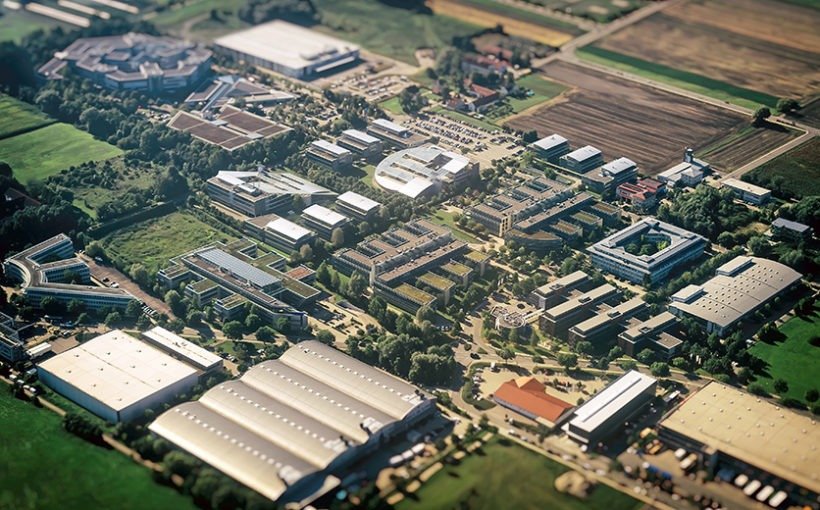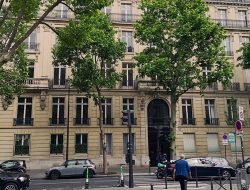Cities have a drastic lack of virgin land, but are overflowing with unexploited surface areas… To resolve the housing shortage that some of the country’s cities are on the lookout for, real-estate developers consider that car parks and flat supermarket roofs, often little-exploited, could be transformed into apartments, homes or even into sports parks and fields.
The idea comes from what is being done in Holland where supermarket car parks have been transformed into green housing areas or sports fields. In China, several homes have been built on the roofs of a number of big shopping centres. Belgium, which is suffering from the ageing of its commercial property, may also succumb to the temptation.
According to a study by Gand university and the KUL, 200 to 250 ha of building land could thus be recovered on shopping centre roofs. The researchers have sifted through the supermarkets of the seven main supermarket brands in Belgium, putting aside those located on city peripheries, those who didn’t have a 5,000 m² car park, and, finally, those that didn’t have a solid enough roof. The result: of the 1,461 studied in Flanders, 336 sites would be suitable for this type of construction. And although the study does not specifically concern Wallonia and Brussels, a few hundred sites would nevertheless be suitable there. “If just half of these roofs were converted it would create 11,375 new homes of approximately 85 m² on average, throughout the country”, explains Olivier Carrette, CEO of UPSI-BVS.
Multi-purpose spaces
According to the UPSI-BVS, this solution would solve the housing shortage in our country. As the Belgian population is scheduled to increase by some 780,000 inhabitants by 2030, tens of thousands of new buildings will have to be built over the next few years. “Most supermarkets date from the 1970s. They were built as multi-purpose spaces, with enormous car parks that remain unused, or even totally deserted at night and on Sundays, Olivier Carrette explains. Supermarket-residences are an example of the optimisation of the space available: not only do they benefit communities by grouping together housing, day-nurseries and green areas, they also resolve a mobility problem since inhabitants don’t have to take their car to do the shopping. There is something for everyone.”
Tags: car parks, housing, housing shortage, supermarkets, UPSI-BVS







































